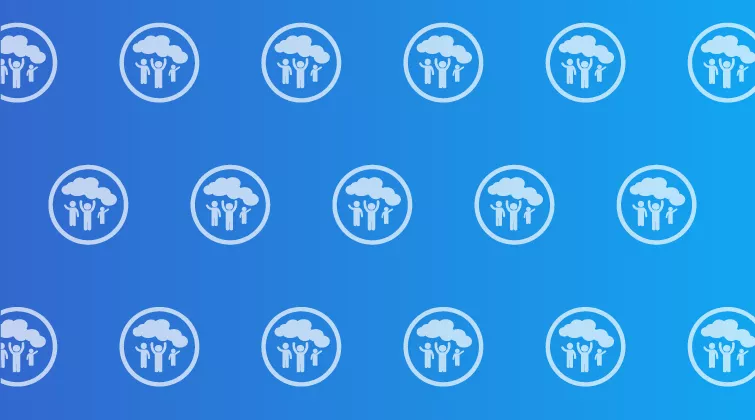
A new report by the Royal College of Paediatrics and Child Health (RCPCH) ‘Clean Air, Healthy Childhoods: Innovative Clinical Responses to Environmental Health Inequalities’, identifies how, across the UK, preventable environmental challenges such as air pollution, housing insecurity, and overcrowded living conditions continue to impact the health of children and young people.
Breathing in toxic air impacts health across the life course. Air pollution is now the second leading risk factor for death in children under five globally. Children are especially vulnerable to air pollution because they inhale more air than adults in proportion to their body weight. There is no safe level of air pollution and current UK targets exceed World Health Organisation guidelines.
Specialist Clean Air Clinics, provide a unique solution for individuals and communities most profoundly impacted by air pollution. They are run by a team of experts who specialise in air pollution, research and policy, and work across the housing and healthcare sector to improve housing conditions and reduce environmental risks for children and their families.Their efforts have led to emergency repairs, rehousing families, and significant improvements in children's health.
The RCPCH report highlights concerns about the strain air pollution and poor-quality housing are causing health services across the UK and explores how Clean Air Clinics in London and Liverpool are working with local authorities and the housing sector to reduce patients' exposure to air pollution and address respiratory health risks. In Liverpool, 63% of residents live in some of the country's most disadvantaged areas, and recent research shows that air pollution from roads in Liverpool stunt children's lung growth by 4.6%. Meanwhile, in London, around 33% of children (approximately 700,000) were living in relative poverty after housing costs in 2021/22, putting them at greater risk of environmental health issues.
Case studies from the report show some families are having to choose between the threat of mould and damp damaging their health or being made homeless. Pollution exposure in childhood has life-long impacts and children in disadvantaged communities are disproportionately affected. Limited financial resources make it harder to move to healthier environments or access necessary healthcare, whilst poor housing conditions heighten health risks and overcrowding can accelerate the spread of viral and bacterial infections.
The report sets out a series of recommendations to the UK Government, local authorities, hospital trusts, Royal Colleges, and clinicians. The recommendations include:
- The UK Government should pass a UK-wide Clean Air Act, set strict air quality standards and align with WHO Air Quality Guidelines.
- Expand Awaab’s Law across the UK to include private renters.
- Local authorities and housing teams to improve housing conditions with faster response to mould and damp complaints.
- Royal Colleges and medical schools to embed environmental health in core curriculum.
- Clinicians to incorporate environmental history into routine care.
RCPCH Officer for Climate Change, Dr Helena Clements, said:
Chloe Owen, Clean Air Policy Manager at Asthma + Lung UK, said:Air pollution, in combination with poor-quality housing are major, avoidable drivers of poor health among children and young people, especially in deprived communities. As a paediatrician, I know how these conditions can have devastating long-term consequences. Children and families are living in environments which are actively making their health worse, increasing pressure on already strained clinicians and health services.
Clean Air Clinics show what is possible when healthcare joins forces with housing and environmental services. These clinics are securing safer housing, reducing exposure to pollution, and helping children breathe more easily but they are not yet part of routine care. Bridging this gap requires political will and investment beyond the clinics. Without NHS support and stronger government action on housing and air quality, many families will remain without the help they need. To build a healthier future for children, we need urgent, collaborative action across housing, health and environmental policy.
Nina Renshaw, Head of Health at Clean Air Fund, said:Air pollution is a public health emergency. It is the biggest environmental threat to human health, contributing to up to 43,000 early deaths in the UK every year. People with lung conditions are particularly at risk and so are children, as this report highlights. This is because children’s lungs and airways are smaller, and they breathe faster than adults, so can inhale a larger volume of air in a shorter amount of time.
Air pollution is a social justice issue. People on lower incomes and minoritised ethnic groups are exposed to disproportionately higher levels of air pollution. They also tend to contribute the least to the problem and are more likely to have poorer health generally.
If the government doesn’t rapidly clean up the air, the gap between those that have the most and those that have the least will widen further. So far, the government has not shown the political will to tackle this crisis. What is urgently needed is tougher air quality targets, aligned with the latest World Health Organization guidelines.
New research shows that toxic air is expected to contribute to 30,000 deaths in the UK in 2025, while costing the economy and NHS over £27bn. Babies and children bear the brunt of this public health problem, especially those living in deprived areas. We need bold measures and policies to improve air quality if we want to protect children's health and our healthcare system.










